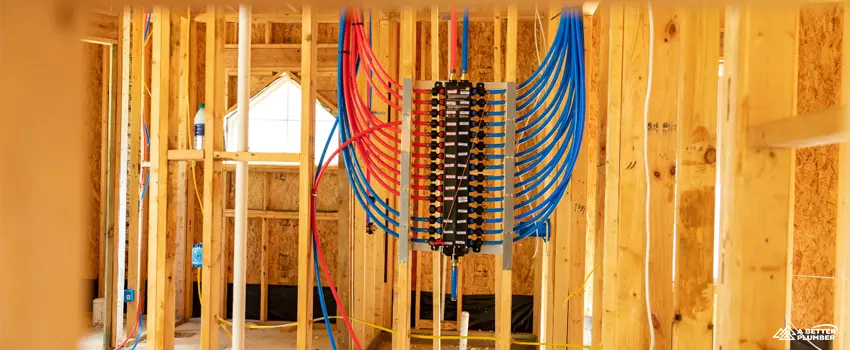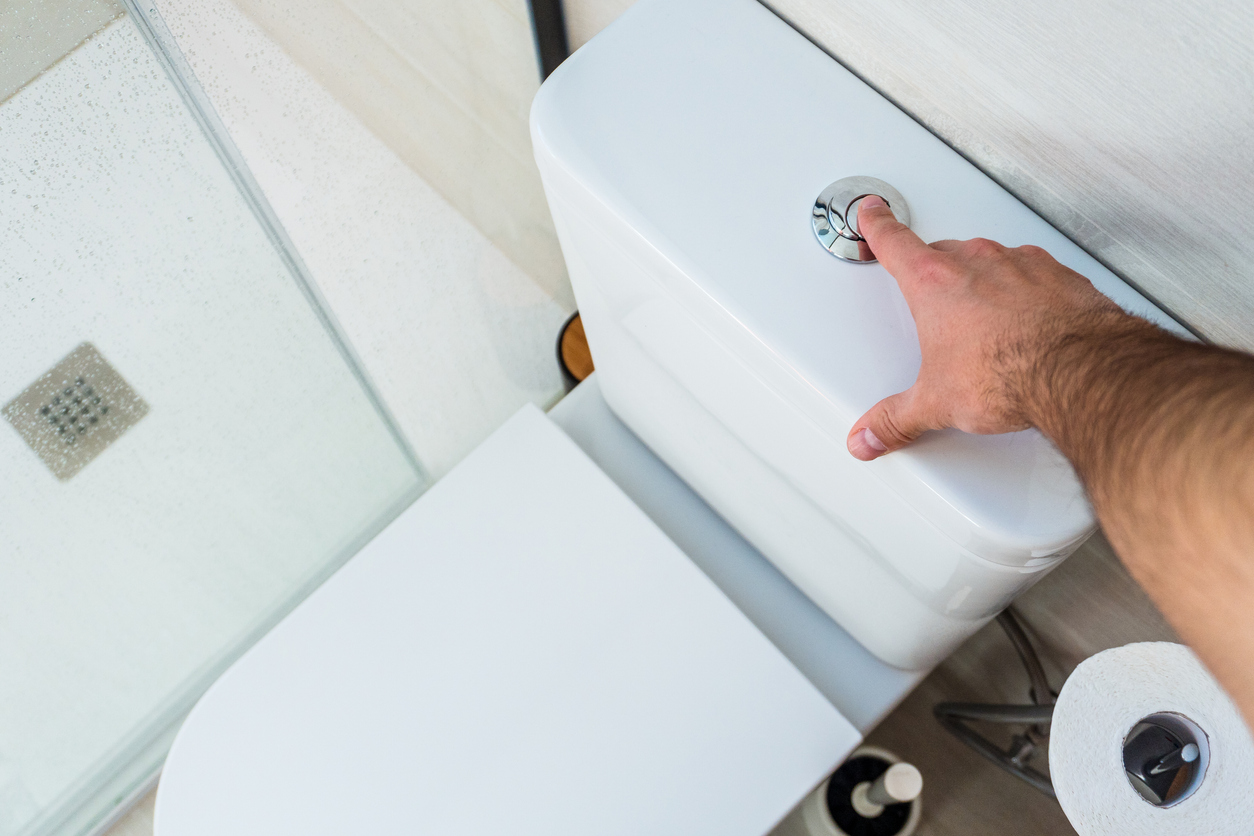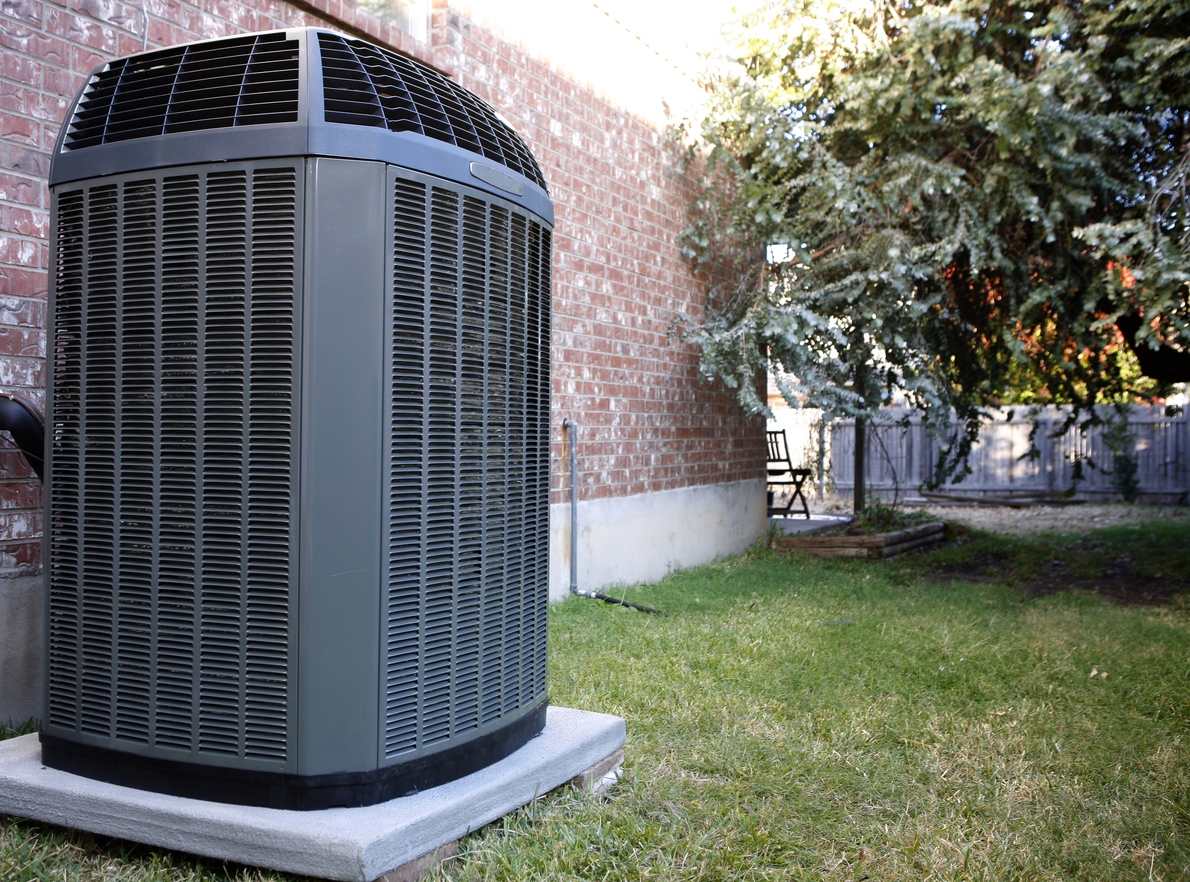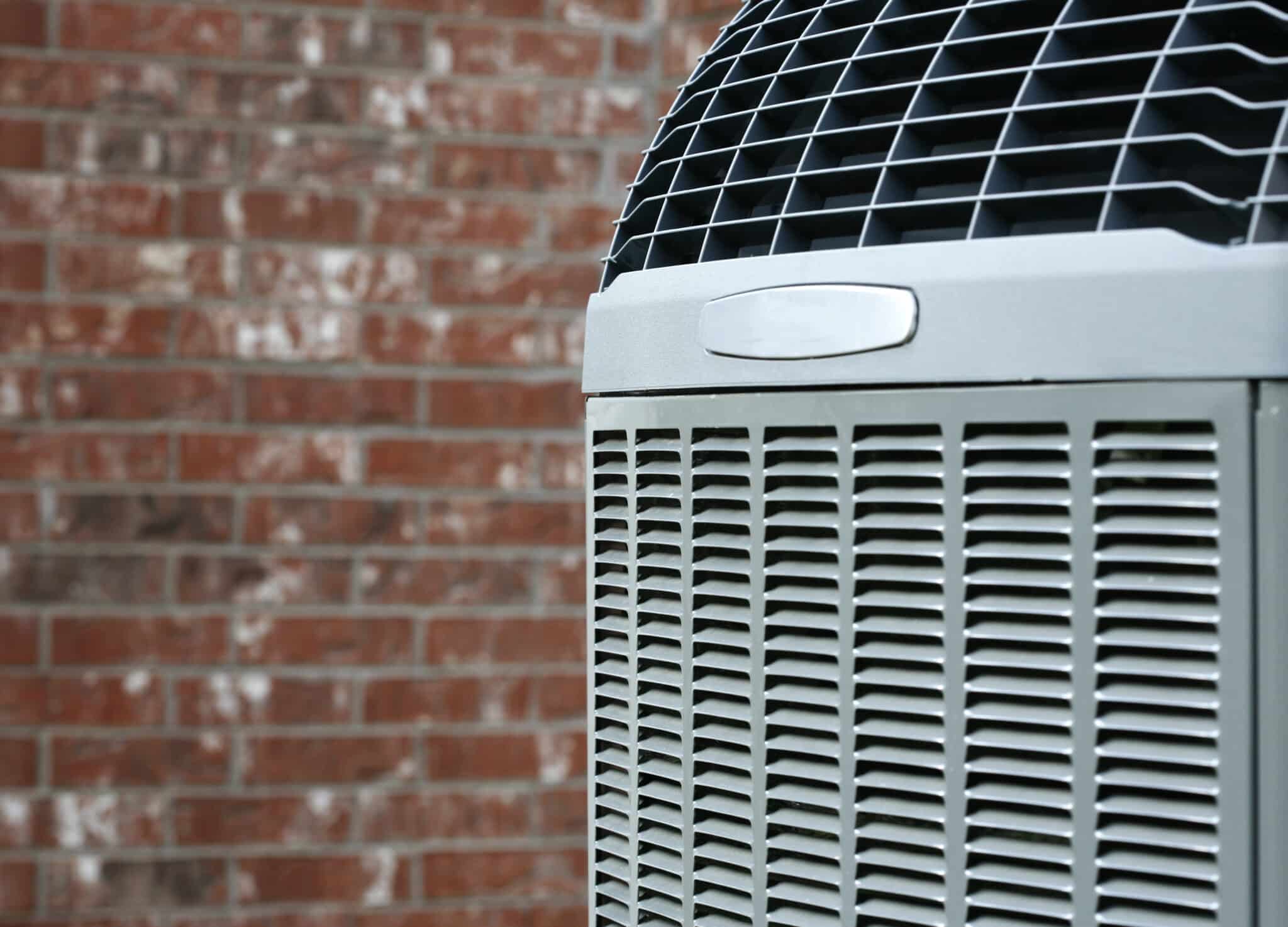Plumbing 101: Things To Know About Home Plumbing Pipes

Modern plumbing pipes made from synthetic compounds have come a long way since ancient Mesopotamia‘s first clay and straw pipes, yet their purpose remains the same: to deliver water and take it away.
In modern society, many of our daily routine activities like showering, brushing teeth, or using the toilet, involve residential plumbing. Yet too often, we take plumbing for granted, hardly giving it a second thought.
Plumbing delivers freshwater and removes wastewater. Indeed, thanks in part to plumbing, most modern societies have easy access to freshwater and efficient removal of waste water, as part of the sanitation process.
In today’s market, there is a bewildering range of plumbing pipes and fixtures. This post will walk readers through the different types of plumbing pipes and highlight the pros and cons of each.
Main Types of Plumbing Pipes
In the modern environment, there is a large range of different types of pipes for plumbing. However, this post will detail the five most common types of plumbing pipes, including the pro’s and con’s of each:
1. Galvanized Steel Pipes
In the past, galvanized steel pipes were the most popular option for home plumbing, and even though their popularity has waned in modern times, they are still one of the first types of plumbing pipe that comes to mind when thinking about plumbing systems.
Aside from being undeniably strong, galvanized steel pipes have layers of zinc coating that prevent corrosion. However, despite these advantages, plumbing companies rarely use these types of pipes for water supply due to their capacity to cause lead contamination.
Pros:
- They are strong and long-lasting.
- They are corrosion resistant.
- They are cheaper than other types of plumbing pipes.
- They require minimum maintenance.
Cons:
- They have a shorter life span than other plumbing pipe materials.
- They are susceptible to rust and clogging over time.
- They can cause lead contamination.
- They are difficult to work with due to their weight.
2. Cross-linked Polyethylene Pipes
Cross-linked polyethylene or PEX pipes are a comparatively new addition to the plumbing industry. Made from flexible plastic material, they are ideal for continuous runs, and PEX plumbing pipes are also easy to cut and join.
Pros:
- They are long-lasting and corrosion-resistant.
- They are the most flexible type of plumbing pipe.
- They are easy to install.
- They can transport both hot and cold water.
- They are great in terms of thermal conductivity.
Cons:
- They have the potential to contaminate water.
- They are for indoor use only.
- They don’t go well with chlorine.
- They are susceptible to damage by rodent bites.
- They get damaged when exposed to extreme high temperatures.
3. Copper Pipes
Although copper pipes are considered a traditional option, they remain one of the best pipes for plumbing. They don’t come with any health risks, so copper pipes are perfect for residential plumbing. The two main types of copper pipes used to outfit plumbing systems are flexible copper tubing and rigid copper.
Copper pipes are available in different diameters — the most common are 15mm and 22mm, but there are sizes up to 108mm. They also have different grades of thickness, including:
- Type M – This grade is the thinnest, and is often used in drain-waste-vent piping systems (DWV). Type M pipes can transport hot and cold water.
- Type L – This grade has a medium thickness, often used to transport potable water. Similar to type M, this plumbing pipe works well with hot and cold water.
- Type K – This grade is the thickest; it can withstand harsh conditions and is often used for underground applications.
Pros:
- They can last for up to 50 years.
- They are sturdy, making them invulnerable to leakage.
- They have excellent corrosion resistance.
- They are recyclable.
- They can kill bacteria and viruses, making them suitable for transporting potable water.
- They are resistant to extreme temperatures.
Cons:
- They are more expensive than other plumbing pipes.
- They aren’t considered a green product.
4. Polyvinyl Chloride Pipes
Polyvinyl chloride (PVC) pipes are among the most popular plumbing pipe options nowadays. They are made from a thermoplastic polymer — a combination of vinyl and plastic. Because of their versatility, PVC pipes work well for draining wastewater and transporting flowing water. They are available in different colors and thicknesses to match different plumbing applications.
Pros:
- They can last for up to a hundred years.
- They can handle high pressures.
- They are light and easy to work with.
- They are affordable.
- They are resistant to corrosion.
Cons:
- They are available in limited sizes.
- They are susceptible to warping.
5. Chlorinated Polyvinyl Chloride Pipes
Chlorinated polyvinyl chloride pipes, also called CPVC, are almost the same as PVC with the only difference being they are chlorinated, giving them the ability to withstand extreme temperatures. For that reason, many plumbing companies use CPVC instead of PVC.
Pros:
- They have a 100-year service life.
- They work well even in high water pressures.
- They are lightweight and easy to install.
- They are affordable.
- They have excellent corrosion resistance and temperature tolerance.
Cons:
- They are only suitable for indoor applications.
How does house plumbing work?
Typically a house plumbing system will be composed of two separate subsystems. One plumbing subsystem will bring freshwater in, this is called the supply system, while the other will take waste water out.
The incoming subsystem brings in pressurized water, so it can travel everywhere in your house. The main components of this system are the plumbing pipes, a water meter that registers your water consumption, and a shut-off valve.
The wastewater subsystem, commonly referred to as the drainage system, is composed of a series of outlet fixtures such as the sinks and the toilet, and its sole purpose is to carry wastewater out. The drainage subsystem does not rely on pressure but instead the pipes are installed at a downward angle so that gravity can push the waste water out.
What type of pipes are used in new homes?
A question commonly asked by people building a new house is what type of pipes I should use. Each type of pipe has advantages and disadvantages; however, statistics show copper and PEX are the most frequently used types of piping in new homes.
Key Takeaway
When it comes to choosing plumbing pipes for your home, it’s important to consider factors such as durability, cost, ease of installation, and potential health risks. While each type of pipe material has its advantages and disadvantages, it’s crucial to choose the one that best suits your specific plumbing needs and budget, while also ensuring the safety and quality of your drinking water.
It’s also important to note that your home’s plumbing is a complex system with pipelines, fixtures, and many other components that work together to provide you with clean water while expelling the wastewater. As such, pipe installations, maintenance, and repairs are best done by a professional plumber who has the experience, expertise, and the right equipment to ensure your plumbing system works as it should.
Call Absolute Electrical Heating and Air for quality plumbing pipe installations, maintenance, and repairs!
For remodeling or construction projects, Absolute Electrical Heating and Air is here to help you determine the best pipes to use. Our Aurora, Colorado plumbing team assesses the condition of your property and other factors to determine the best type of plumbing pipe for your construction projects. They also provide a wide range of services, including installation, repairs, and maintenance. For any inquiries about how we can help you, contact us today!
CONTACT US
Request Service


Save Every Year with an Absolute Advantage Membership
Expert Annual System Safety Inspections & More
- Priority service
- Waived dispatch fees
- Yearly furnace, A/C, & electrical system inspections
- 10% discount on repairs and additional diagnostic services
- Up to $500 off HVAC & electrical panel replacements







